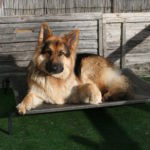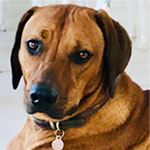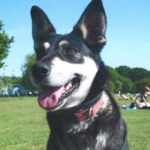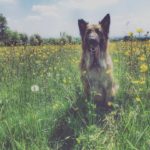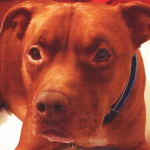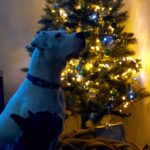Dogs Not Kept Under Proper Control
Section 2 of the Dogs Act 1871
Civil proceedings can be initiated against the owner of a dog that is dangerous and not kept under proper control. The dangerousness alleged relates to its effect on people or animals and the legislation applies to incidents in both public and private places. Because the proceedings are civil in nature, the court cannot impose a penalty on the owner or order them to pay compensation but they can order the owner to pay the costs of bringing the application and order the dog to be destroyed or kept under proper control (e.g. by keeping it on a lead in public). These proceedings can only be brought against the owner of the dog, but the application can be brought by anyone. The application must be made to the court within six months of the incident and it must be in a particular format as otherwise the proceedings will be invalid.
In 2014, the Dangerous Dogs Act 1991 was extended to cover private and public places, and this has seen a reduction in the use of this piece of legislation. However, it is still useful, particularly if a client is charged with a criminal offence and wishes to avoid having a criminal record upon conviction. It is sometimes possible to persuade the Crown Prosecution Service to substitute the criminal proceedings with civil proceedings, thus avoiding the possibility of a criminal record.
Dogs Worrying Livestock
The Dogs (Protection of Livestock) Act 1953
An offence is committed by the owner or person in charge of a dog if it attacks or chases livestock on agricultural land or if it is off-lead in a field containing sheep. The definition of livestock includes sheep, goats, cattle, poultry, pigs and horses. The definition of agricultural land is wide and extends to include allotments and orchards. The police have the power to seize a dog if they are unable to identify its owner. The maximum penalty is a fine, but it is possible to lay additional proceedings at the same time that could result in a destruction order.
Expert evidence is essential in cases of this kind as the courts take an understandably serious view when livestock has been killed. As dog law specialists, we have successfully defended numerous cases of this type and always instruct an animal behaviourist with particular expertise in dogs with a high chase-and-prey drive.

